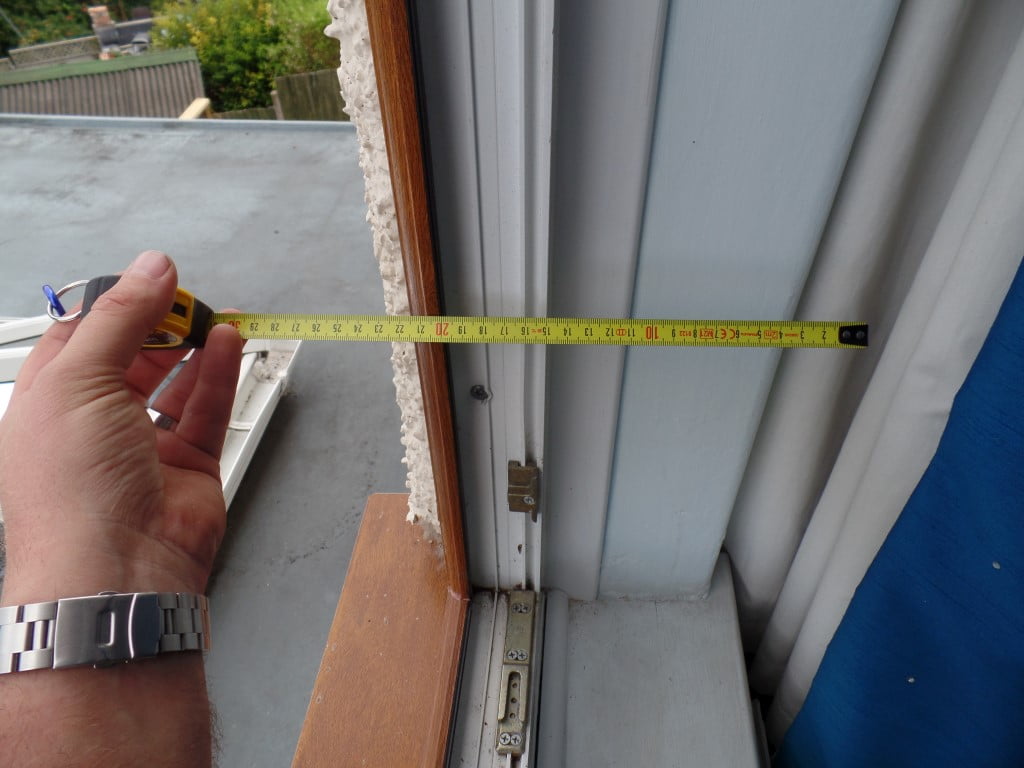Importance of Wall Thickness

Wall Thickness
Spurred on by the interest in thermal performance and the impact of wall thickness we put together this video. As a result we should go into this in more depth. This does not include stone walls. That will be saved for another day. So from a thermal and water penetration perspective of brickwork walls. Basic building bricks are porous. This defies sense to some extent in that you would presume bricks are water proof. Unless using a dense engineering brick, they are not. This is one of the reasons that dampness often occurs around chimney breasts.
Cavity walls.
As we stated on the video, a cavity wall can generally be seen by its thickness, over 300mm. the cavity wall is two half brick thick walls tied together. This gives the edge on damp penetration as water can saturate the outer leaf whilst the internal remains dry. There are issues relating to ties. Generally, this is the Rolls Royce of the residential wall world. These can be cavity filled to improve thermal performance. They are considered “average” under the EPC. They do perform very well from these two perspectives. When insulated these are considered “good” for EPC purposes.
Solid walls.
As shown in the video these are 9” in thickness, but slightly more if rendered and plastered. These tend to be in imperial measurements as they are pre 1970’s. During the heavy storms in 2015 we saw a lot of these walls becoming completely saturated due to the intense, prolonged driving rain. This is very freak occurrence; however, many insurers declined the claims as they were considered penetrating damp rather than an event. Whilst structurally these are good they are failry slender and can distort for various reasons. From a maintenance perspective re-pointing is the general failure. These are considered “very poor” from an EPC perspective.
Half brick thick walls.
These are very troublesome. We did a bit more on these in a sperate video that can be seen here. When they are brought into houses, they are often well hidden with deep dry lining and thick layers of render so are hard to spot. These perform terribly from a thermal perspective and condensation and mould related defects is one of the clues the wall may be half brick thick. We have seen properties declined a mortgage for example if the Kitchen is in a half brick thick extension. Structurally the walls are very thin and will bow and crack fairly easily under minimal loading or changes in soil condition.
